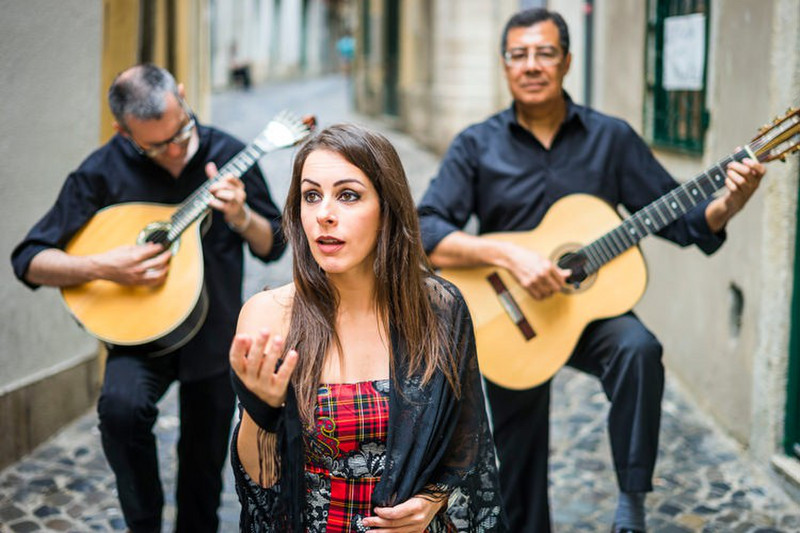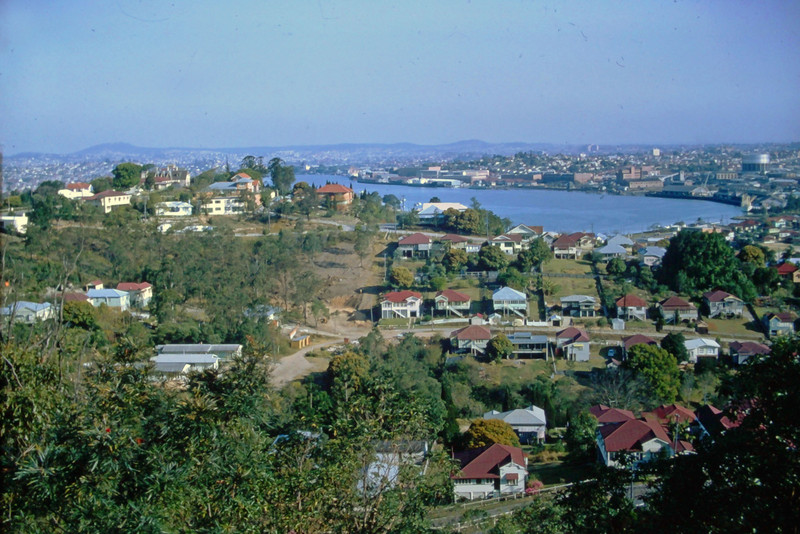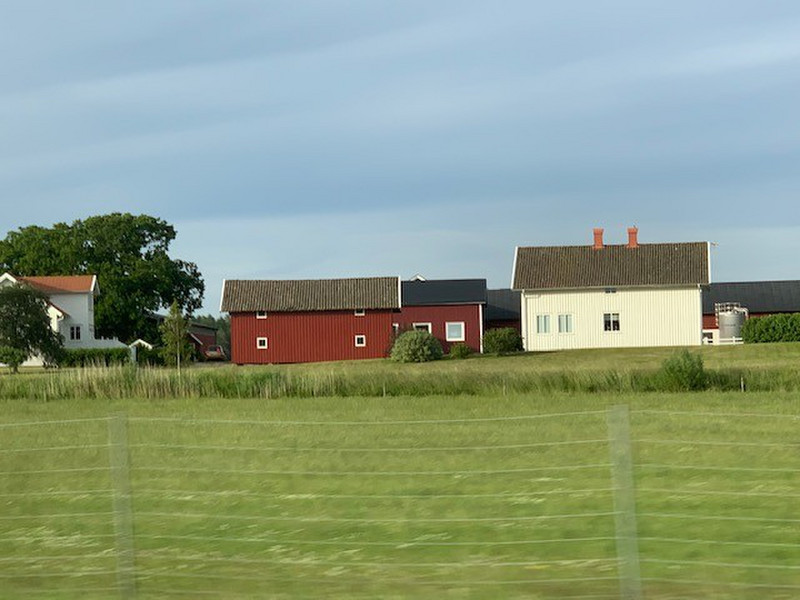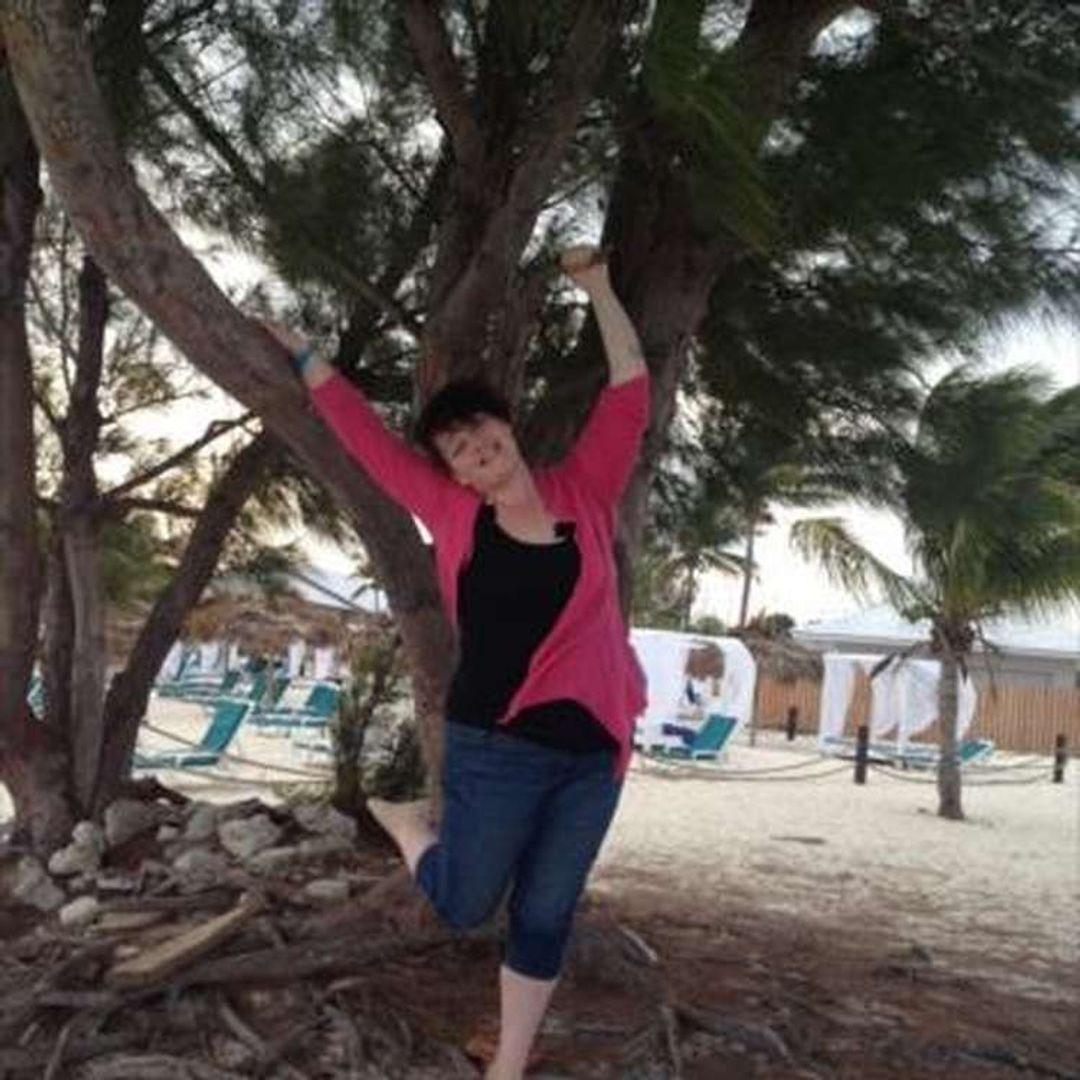Perhaps you already heard some fado and did not know it. Fado is a type of singing that originated officially in the 1820s, though its origins may extend further. This type of singing is known for its melodious, melancholy, and expressive style. In fado, the musician will sing about the hard realities of everyday life, with a balance of resignation and hopefulness that a resolution to its torments can still occur. The Portuguese word, saudade best describes the longing or feeling of loss. The loss is generally permanent and long term. The fado singer is often by one or two twelve strong guitars, one or two violas, and a small 8 strong bass. From Portugal Online: There are two basic styles of fado:
Lisbon fado is the more of the two styles. This style has roots in social contexts that are set in marginality and transgression. It was frequently found in locations of sailors and prostitutes. In the early 1900s, it found a popular following that would continue today. It came across some difficult times in 1926, when censorship caused major changes to urban entertainment and placing hefty requirements on any shows and venues. Thanks to the
popularity of the radio, fado found its place in homes across Portugal. In the 1990s, it soon found its place in the World Music circuits.
Coimbra fado has ties to the academic traditions of the University of Coimbra. The singers and other musicians will wear the tradition academic wardrobe that consists of dark robes, capes, and leggings. They will sing at night time on the streets or in the city square. While Lisbon often appealed to those in the fields, Coimbra appeals to the more privileged classes.
There are a few other differences between Lisbon and Coimbra, aside from the group of people the music appeals to. can be sung by anyone regardless of gender, while is only sung by males. generally is about finding hope in the everyday hardships that people live through. In contrast, would suggest surrender when being faced with those hardships. often features improvisation during performances, whereas is constantly rehearsed before performances.
The fado genre was brought to the music world mainstream by Rainha do Fado (Queen of Fado) Amalia Rodrigues (July 23, 1920 – October 6, 1999). Known as Amalia throughout the world, she
became one of the most important personalities for the genre and the main inspiration for contemporary and modern fado. Amalia had a personality, charisma, extraordinary timbre of voice, and beauty that made her an acclaimed artist whose services were requested by Monarchs and Presidents. By the time of her death, Amalia had received over 40 decorations and honors for her music, stage presence, and philanthropy including the Legion dHonneur by the French government. She was given a state funeral and her remains are in Lisbons National Pantheon (the only woman to have the honor). Amalia placed fado on the world map.
Since the early 21st century and the influence of Amalia Rodrigues, there is newfound popularity in this type of music. Modern fado has incorporated new instruments including piano, violin, accordion. They have also fado with other popular genres. Some current artists of this genre include Madredeus, Ana Moura, Dulce Pontes, and Mariza. Mariza, in particular, is highly popular, winning numerous awards in the World Music category and has been featured in the David Letterman show.
While it is not my style of music, I strongly suggest hearing it at least once. And of course, in a bar with plentiful adult beverages. It seems to work better that way. I wonder why?









